I use the following function to perform a conditional operation on a List:
consider[data_, conditionCOL_, conditionVAL_, listOfCol_] :=
Select[data, (#[[conditionCOL]] == conditionVAL) &][[All, listOfCol]]
Considering the following example :
dalist = Join[Tuples[Range[4], 2]\[Transpose], {Range[16], Range[17, 32, 1]}
]\[Transpose];

I use the following to obtain the means of specific columns defined by the function. This will output the means of entries of column 3 & 4 for which the corresponding entry in column 1 equals 2
Mean@consider[dalist, 1, 2, {3, 4}]

Now, I would like to add constraints/thresholds on the values to be averaged :
Average the values when they are:
- Above minValue (e.g., 3)
- Under maxValue (e.g., 25)
Below, an example is given of values the average value of which should be calculated under the above mentioned constraints.
